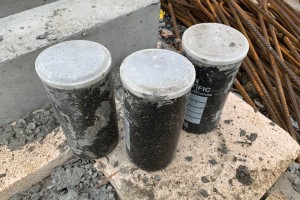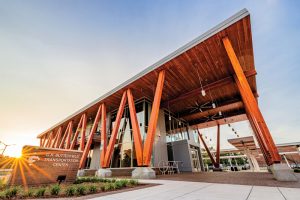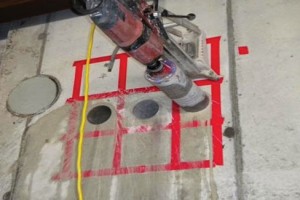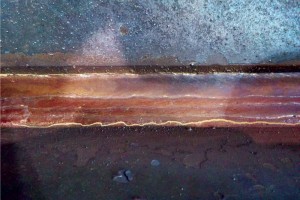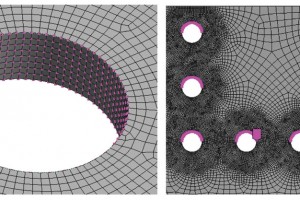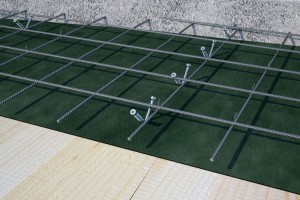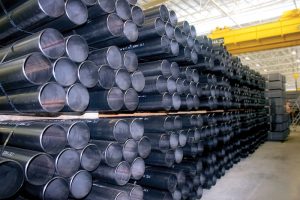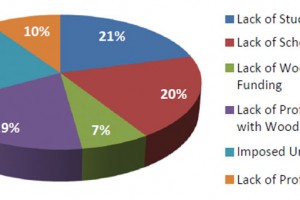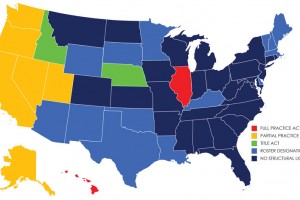As a general contractor or subcontractor working on a concrete structure, one of the most important tasks is ensuring that the concrete has been properly cured and its quality has been tested according to applicable standards. This is of the utmost importance for quality control and quality assurance purposes. Equally important is selecting an appropriate and accurate method for monitoring the strength of in-place concrete. Unfortunately, popular methods of testing concrete quality, especially compressive strength, are frequently subject to discrepancies. …
Review Category : Articles
Cross-laminated timber (CLT) is taking the building industry by storm and has put wood back into the spotlight as a sustainable construction material that provides occupants with physical and psychological benefits. Its prominence in North America is fundamentally changing approaches to design, manufacturing, and construction. …
Some professional associations struggle to find social relevance, and optimally serve their membership. These difficulties are often the result of an inability or unwillingness to take action, the inclination to speak in silos, and the lack of aligned partners. Today’s unprecedented pace of technological, social, and generational disruption particularly challenges these organizations. …
Composite floor deck construction has become very popular. It combines structural efficiency with a speed of construction that offers an economical solution for a wide range of building types, including commercial, industrial, or residential buildings. Composite slabs consist of profiled steel decking with an in-situ reinforced concrete topping. The decking not only acts as a permanent formwork to the concrete but also provides sufficient shear bond with the concrete so that, when the concrete has cured, the two materials act together compositely to resist the loads on the deck. …
The Challenge of Determining the Root Cause of Cracking in Thick and Restrained Joints
While many clients seek to pinpoint a singular cause for cracking of welds, it can rarely be attributed to one single mistake. Most often, a crack is produced in a “perfect storm” of errors made during the design, procurement, and execution phases of fabrication. Individually, these oversights would be unlikely to cause weld failures but, combined, they can cause disastrous results to any welding operation, even in reputable shops. …
Design-Oriented Finite Element Modeling
Structural engineers typically design standard connections that can be solved in several minutes using Design Guides, spreadsheets, or simple software. The non-standard connections are the real challenge. The 80/20 rule applies: 80% of the time is spent on 20% of connections. Non-standard connections are not only more challenging to design but also more costly and prone to errors. …
The Key to Mass Timber Construction
Part 1: Self-tapping Screws
Many of the advances we have seen in mass timber construction in recent years are due, in large part, to the availability of modern wood fasteners. The two most common types, self-tapping screws (STS) and glued-in rods (GiRods), will be discussed in this two-part series. …
Round hollow structural sections (HSS) are used in a plethora of applications – from bridges to transmission towers and stadium roofs, or from handrails to posts. HSS are also used beyond structures. For example, HSS are used as sprinkler pipes, oil transmission lines, and pistons, which can make sourcing a confusing headache. This article assists in navigating it all from a structural engineer’s point of view. …
An Analysis of Current Wood Engineering Education in U.S. Universities
Structural engineers are becoming aware of the impact the selection of structural materials can have on the environment. The building industry is acknowledging and embracing the contribution of the sustainable potential of wood to reduce the environmental footprint of a project through its carbon-storing capabilities and renewable qualities. …
Currently, there is no Structural Engineering (SE) Licensure in New York State. For those of you that are unfamiliar, SE Licensure provides a unique license to distinguish structural engineers from other professional engineers. In general, the intent is to prevent less experienced engineers from designing more critical structures. The arguments for establishing an SE License are readily available on the NCSEA website (https://bit.ly/2AEa3Y2) and the SE Licensure Coalition website (https://bit.ly/2C7Nnjk). …

